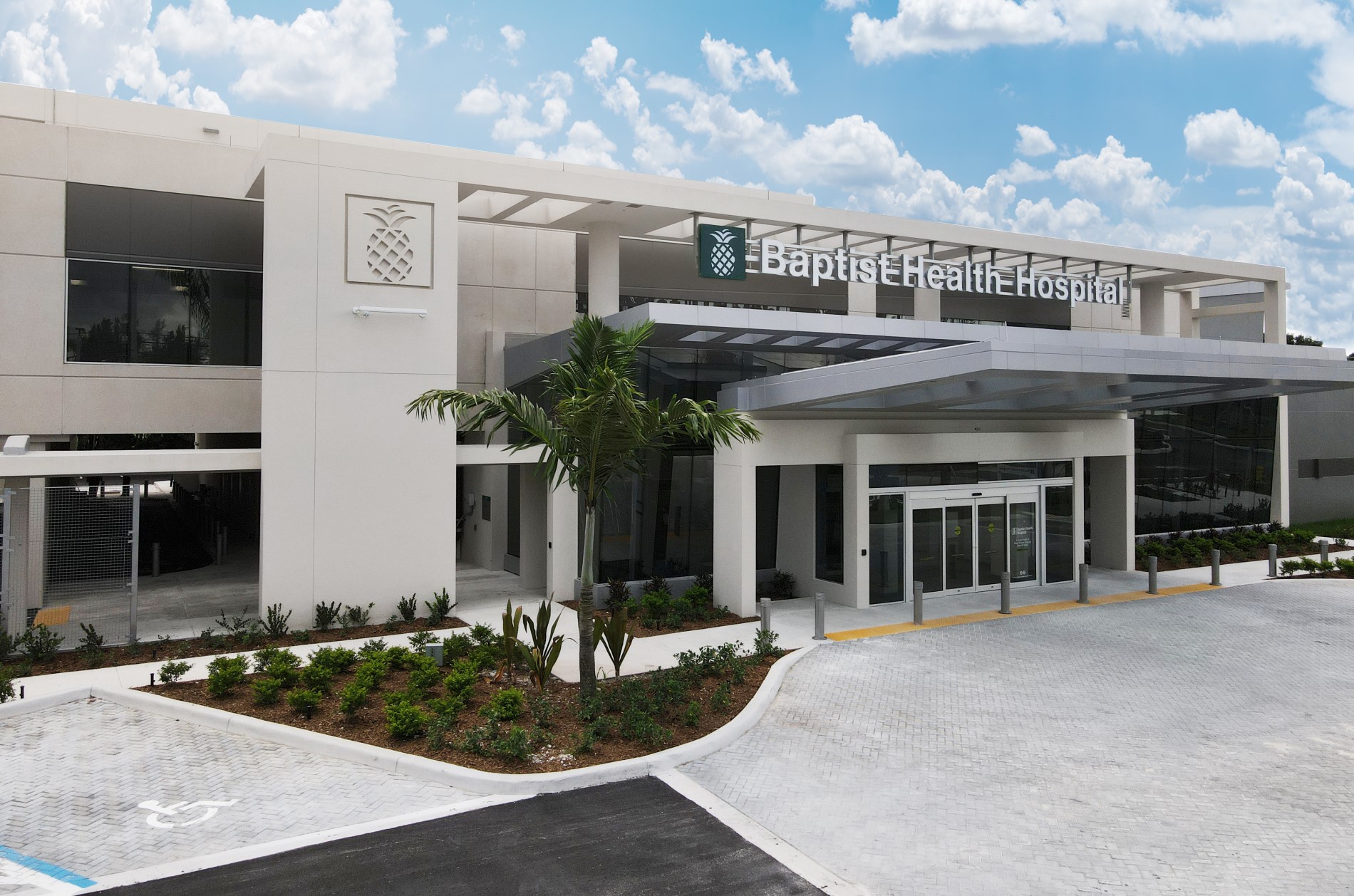Differences between Urgent Care and E.R. in the United States.

It is important to know where to go when you have an illness or injury. Let’s look at the difference between an Urgent Care center and an Emergency Room (E.R.) to help you choose the right care.
What is an emergency?
An urgency is a health situation that occurs unexpectedly but, unlike an emergency, is not life threatening. But anyway the individual should be seen within the next few hours.
An emergency is a situation that requires immediate medical attention. It can be caused by an injury, illness, or medical condition. Emergencies can be serious or minor, but they always require medical attention as soon as possible.
When to go to an Emergency Room (Urgent Care)?
An urgent care center can treat conditions such as:
- Ear pain and infections
- Minor cuts, sprains and burns
- Fever and flu symptoms
- Cough, cold and sore throat
- Animal bites
- Mild asthma
- Urinary tract infections
- Headaches
- Joint and back pain

Baptist Health Urgent Care – WESTON, FL
If you experience any of these signs or symptoms, seek medical attention immediately. Do not wait until symptoms get worse. There are several ways to get medical care for an emergency, one of which may be to go to an Urgent Care clinic.
How much can a visit to an Emergency Room (Urgent Care) cost in the United States?
A visit to an Emergency Room (Urgent Care) can cost around $150*. This average figure is only for the visit, to which other values would have to be added if X-rays, electrocardiograms or laboratory tests are needed, among other studies, depending on the medical condition. For example, if you go to an urgent care for a sore throat, the treatment will not exceed $100*, in a hospital emergency room it can reach $500*. If the condition is a little more complex, although it could still be treated in urgent care in an emergency room, the costs can easily add up to $3,000*.

Baptist Health Urgent Care – DOWNTOWN DORAL
What is an emergency?
An emergency is a critical situation of obvious danger to the life of the patient and that requires immediate action. Normally we are facing an emergency when: The affected person is unconscious. You are suspected of having a heart attack or cardiac arrest.
When to go to an Emergency Room (E.R.)?
Emergency rooms are for true medical emergencies. They can treat trauma, take X-rays, perform surgical procedures, and treat other life-threatening situations. Most hospitals have an emergency room that is open 24 hours a day, seven days a week.

Baptist Health Hospital ER | Doral
An emergency room may be the best option if you experience the following:
- Sudden numbness or weakness
- Disorientation or difficulty speaking
- Sudden loss of coordination or dizziness
- Convulsion or loss of consciousness
- Difficulty breathing or severe asthma attack
- Head injury/major trauma
- Blurred vision or vision loss
- Serious cuts or burns
- Heart attack, chest pain, or pressure in the chest
- Overdose
- Uncontrolled bleeding
- Coughing up or vomiting blood
- Severe allergic reactions
If you experience any of these signs or symptoms, seek medical attention immediately. Do not wait until symptoms get worse.
There are several ways to get medical care in an emergency. You can call a medical emergency number or go to a hospital emergency room (E.R.)
How much can a visit to an Emergency Room (E.R.) cost in the United States?
An Emergency Room (E.R.) visit can start at $500*. This average figure is only for the visit, to which other values would have to be added if X-rays, electrocardiograms or laboratory tests are needed, among other studies, depending on the medical condition.

Cleveland Clinic Weston Hospital – WESTON, FL
A visit to an emergency room in the United States can cost up to $20,000*. Here are some cost references for medical services.
- CT Scan – Between $270 – $4,800*
- X-ray – Between $100 – $1,000*
- Ambulance Use – Between $400 – $1,200*
- MRI – Between $375 – $2,850*
(*) The amounts shown in this article are referential and under no circumstances can be considered final.
It is very evident that the cost of medical care in the United States can easily run into the thousands of dollars, especially when additional treatments can be requested at the discretion of the patient.
For this reason it is very important to have a health insurance plan that allows us to cover a large part of these costs.
What is the difference between an Urgent Care Room and an Emergency Room (E.R.)?
If you need immediate medical attention, going to the emergency room (ER) is usually the first thing on your mind. But if your condition isn’t serious or life-threatening, you may have a less expensive alternative. An urgent care center offers quality care just like an emergency room, but can save you hundreds of dollars.

The difference is also the waiting time. While in an emergency room it is never less than three to four hours, in Urgent Care it is hardly more than an hour. And of course the costs are very different.
Eoliberth Suarez health and life insurance advisor with extensive experience in the insurance sector in the United States comments in this regard that “Emergency rooms or Urgent Care are quick, ambulatory care centers, where no one is going to be hospitalized and people go in case of an emergency and when your life does not depend on it.
If your life depends on it, you should go to a hospital Emergency Room (E.R.) – its acronym in English Emergency Room -, the difference between the two is that in the Emergency Rooms the copayment will be much higher, they can keep you hospitalized if your condition requires it and if they can treat you for any medical condition.
Now in the Emergency Room, as its name says, it only covers emergencies, if you have an emergency and arrive at an Emergency Room with a heart attack, they will not do anything to you and they will transfer you by ambulance to an Emergency Room.”
Why does an Emergency Room (E.R.) cost more than an Urgent Care?
An Emergency Room (E.R) is a department of a hospital that is open 24 hours a day, 7 days a week and is designed to provide immediate medical care to patients with acute illness or injury. An Emergency Room (Urgent Care) is a department of a hospital that is open during normal business hours and is designed to provide medical care to patients with non-acute illnesses or injuries.

Bill for medical services
ERs are often more expensive than ERs because they are equipped with specialized equipment and staff to treat more serious conditions. Also, ERs are often busier than ERs, which can lead to longer wait times and higher costs.
Here are some examples of the differences between emergency rooms and emergency rooms:
- Emergency Rooms are open 24 hours a day, 7 days a week, while emergency rooms are usually open during normal business hours.
- Emergency Rooms are equipped with specialized equipment and personnel to treat more serious conditions, while ERs are often equipped with equipment and personnel to treat less serious conditions.
- ERs are often busier than ERs, which can lead to longer wait times and higher costs.
If you’re not sure if you should go to an ER or an Urgent Room, it’s important to talk to your doctor.
Does my Health Insurance plan cover visits to the Emergency Room (Urgent Care) and Emergency Rooms (E.R.)?
It is important to note that the cost of an Emergency Room (E.R.) visit is not covered by all insurance policies. If you do not have insurance, you may have to pay the full cost of the visit out of pocket.
If you’re not sure how much an Emergency Room (E.R.) visit will cost you, it’s important to talk to your insurance provider before you go. You can also call the hospital you plan to go to for information about their fees.
Tips to reduce the cost of an Emergency Room (E.R.) visit
- Go to a hospital that is in your insurance network.
- Bring your insurance card with you.
- Ask for an itemized bill from the hospital.
- Pay the bill on time.
- If you can’t pay the bill, talk to the hospital about a payment plan.
You may also like:
- Interview WAO LA REVISTA. Eoliberth Suarez an expert in the choice of health insurance
- Interview UN NUEVO DÍA. (Telemundo) If you do not have health insurance, the deadline to sign up is approaching
- Advertising AL DÍA CON SERGIO. Health Insurance in the United States
About EO Ayuda
I am Eoliberth Suárez comprehensive insurance advisor, I can advise you to choose the plan that best suits your needs. Together with my team, I have the best protection options for you. I understand you, I help you and I accompany you!



